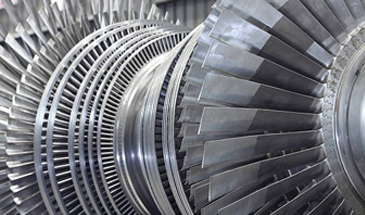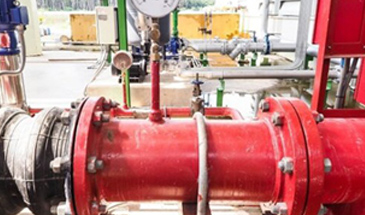Situation A naval application required the ability to determine direction of target movement (in this case the propeller). Typically, this would be accomplished through the use of a dual channel zero speed sensor, however this application was outside the standard operating temperature range (-40C) and required the ability to operate in cryogenic temperatures. Solution The […]
Situation A leading turbine manufacturer has been using a non-intrinsically safe variable reluctance speed sensor and preamplifier for its standard product offering. New requirements call for the installation of an ATEX-certified intrinsically safe solution for a portion of their applications. Initial quantities are limited and the required time to market is 4 weeks. Solution – […]
Situation A motorsports braking application sensor was experiencing failures due to the extreme temperatures at the tip of the sensor when brakes were applied. Temperatures were in excess of 232C. Sensor installation required the attachment of cabling with an immediate 90 degree angle at the end of the sensor and the ability to provide flexible […]
Situation Moisture can be detrimental to speed sensor operation, ingressing into the sensor body and creating a destructive impact to sensor components and solder connections. A leading manufacturer of turbine flowmeters was experiencing speed sensor failures due to moisture ingress from atmospheric conditions on an offshore oil rig. Moisture was ingressing through the sensor tip […]



